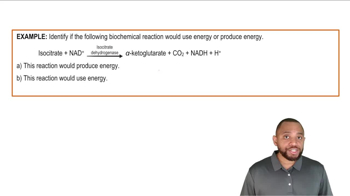Predict the product of the following aldehyde/ketone syntheses.
(d)

 Verified step by step guidance
Verified step by step guidance Verified video answer for a similar problem:
Verified video answer for a similar problem:



 5:m
5:mMaster General properties of oxymercuration-reduction. with a bite sized video explanation from Johnny
Start learning